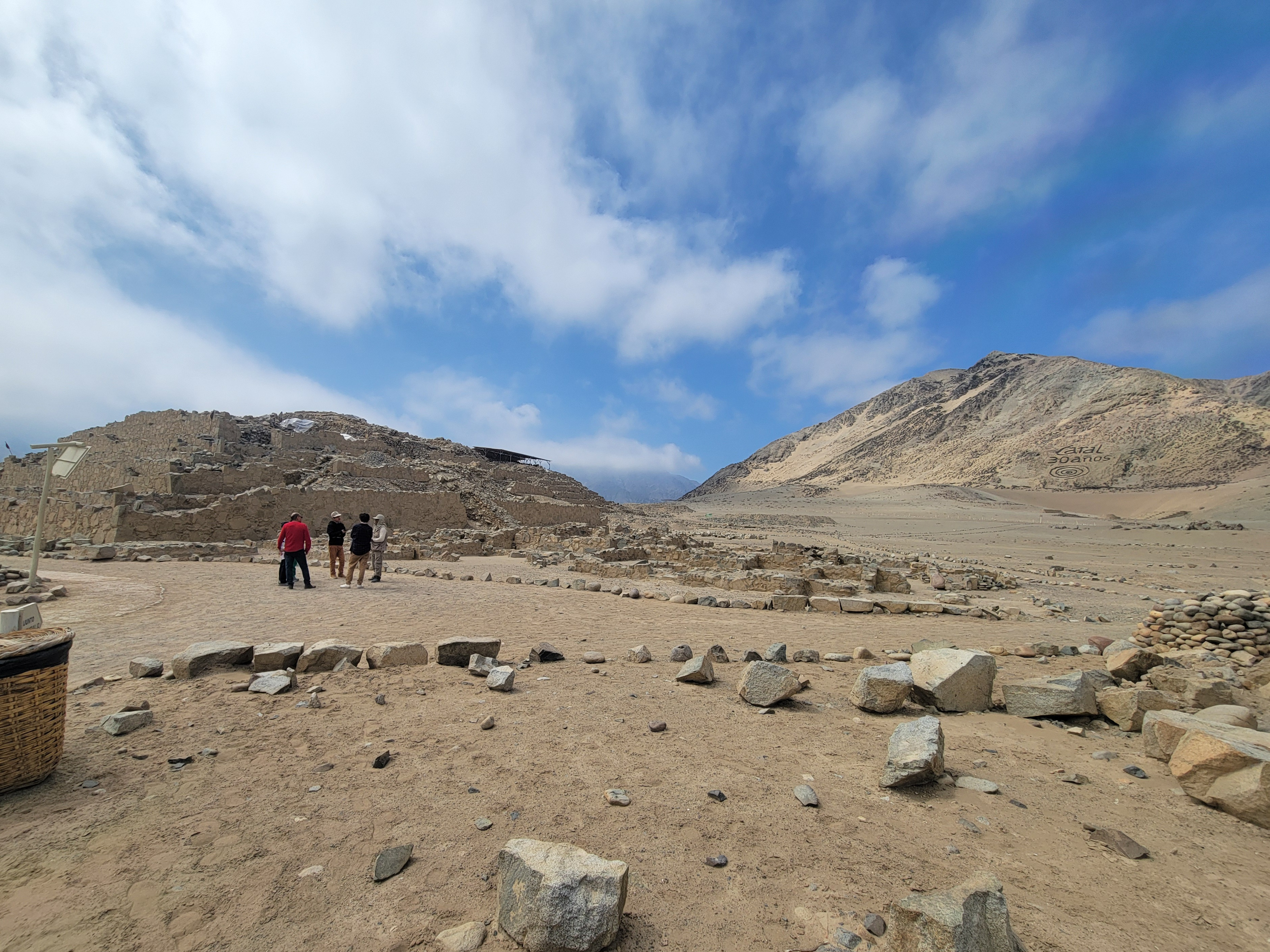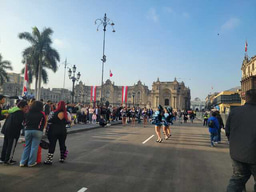Perú's Living Heritage: Embracing Quechua and Indigenous Culture

¡Allinllachu!
Hello! Is everything good? Are you doing well?
These are all possible translations of allinllachu, a Quechuan phrase which can be broken down into parts as follows:
allin - good
lla - only/just
chu - creates a closed (yes/no) question
I love this greeting. Instead of mere a mere hello, Quechua has expressions of mutual concern.
Quechua is the indigenous language of South America with the most speakers, an estimated six to eight million people. It was the language of the Inca empire, which covered a significant portion of South America at the time of Christopher Columbus's arrival. Quechua refers not only to a single way of speaking, but rather a family of dialects, not all of which are mutually comprehensible.

The Inca Empire
Perú has a deep pre-Columbian history, boasting Caral: the world's second-oldest civilization.

Caral
Within this history is a tradition of immense respect for nature, with deities such as Pachamama, Mother Earth, and Apus, sacred mountains. Animism, or the belief that all things have souls, is also embedded within Quechua.

A Sea Lion from Paracas

Rainbow Mountain
While Perú is truly beautiful, it is not absent of hardship. For instance, there are no places in Perú with clean water on tap, and only around half the population has access to safe drinking water. Because services in Perú are concentrated in Lima, the capital city, many Peruvians move there in search of better opportunities. As a result, almost a third of the country resides there, and Quechua is being rapidly lost as people move away from their home communities and assimilate to Spanish.
I have only begun my journey in Perú, and I just finished my first week here with make_sense and Saphi. In the coming weeks, I will be working towards the preservation of Quechua and the culture surrounding it through social media. I am still unsure of how I will accomplish this, especially having limited experience with content creation. I hope to do right by the indigenous communities here and continue opening myself up to new experiences. One such experience was trying cuy, or guinea pig, a typical dish in Perú. I am looking forward to seeing what is to come.

Cuy




Please sign in
If you are a registered user on Laidlaw Scholars Network, please sign in
I was thrilled to learn that you were going to engage with Quechua language and culture this summer! Please share a link to the content you are creating. Stay well - and keep learning.
It will most likely appear here, but I may be using other platforms as well.